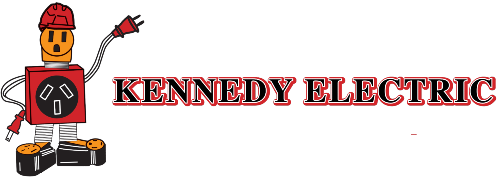Renovating Electrical in Historic Homes: Challenges and Solutions
Renovating the electrical system in a historic home requires a delicate balance between preserving its heritage and integrating modern technology, though challenging, it's achievable with careful planning and expertise.
When renovating the electrical system in a historic home, one must strike a delicate, almost overwhelming balance between preserving the past and embracing modernity. Still, it's far from impossible.
Let's discuss some challenges and solutions for upgrading a home's electricity so that it remains safe, functional, and full of character.
Old wirings
Many historic homes still have the original wiring, which may seem impressive if it still works, but it could also be outdated and unsafe. For example, knob and tube wiring that's often seen in houses built before the 1950s usually isn't grounded, which is a fire hazard.
Preserving integrity
A challenge isn't only in what needs to change but also in what must stay the same. The upgrade must not damage the electrical elements that should survive or the home's historical elements. Cutting into the original plaster or removing architectural details is a no-go.
Modern demands
Many appliances and devices have become more efficient, but depending on how old the house is and what appliances it must accommodate, that's not always the case. Many gadgets and appliances need more power than particularly old systems can provide. There must be a balance between modern demands and the home's existing electrical capacity.
A thorough inspection
Before considering any other solution, the existing electrical system needs a thorough assessment, ideally by a professional. The assessment will discover safety concerns that demand immediate attention and help with making a plan for the future.
Work with experts
Some expert electricians advertise their knowledge of working with historic homes. These professionals understand the challenges and nuances of these systems and are least likely to cause irreparable harm to them.
Go room by room
A simple suggestion for handling the old wiring is to tackle one room at a time. This makes preserving historical features easier and helps with budgeting and planning.
Use period-appropriate fixtures
Find fixtures that match the era to keep the home's enduring character intact, particularly when buying new outlets, switches, or light fixtures. They're easier to find than it might seem since many companies design vintage-looking fixtures with all the modern bells and whistles.
Conceal modern conveniences
Using some modern components is unavoidable, but try to hide them strategically to preserve the vintage theme. It's smart to retrofit existing fixtures for electricity or use floor outlets under furniture.
Access for future repairs
Electrical components are bound to change again, so learn from the present to prepare for the future. Future repairs and upgrades should have minimal impact, so use conduits or raceways for easier wiring updates that don't cause significant damage to walls and ceilings.
History and modernity
Historic homes are charming and worth preserving, but their electrical systems can pose a challenge. Luckily, professional electricians know how to handle these challenges and are only a call away.
Kennedy Electric is a reliable full-service electrical company serving residential and commercial customers in Citrus, Hernando, and Pasco Counties. We offer electrical remodeling, electrical repair, circuit breakers, electric panel installations, electric panel repair, electric panel upgrades, new construction electrical, and residential wiring services. Call today at (352)799-3434.


